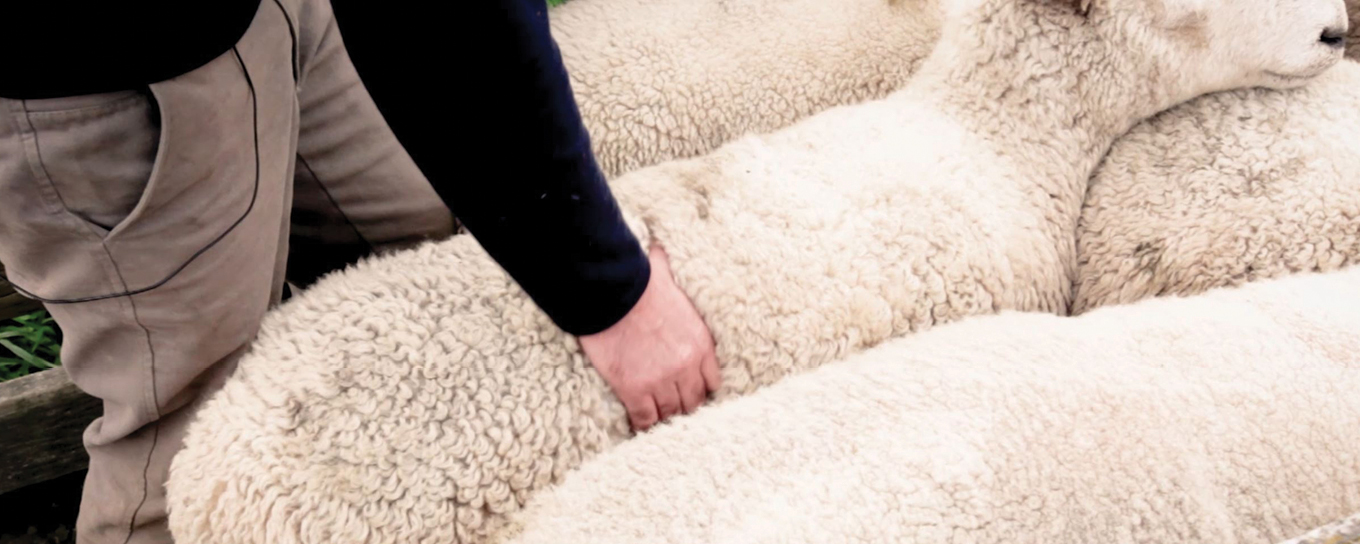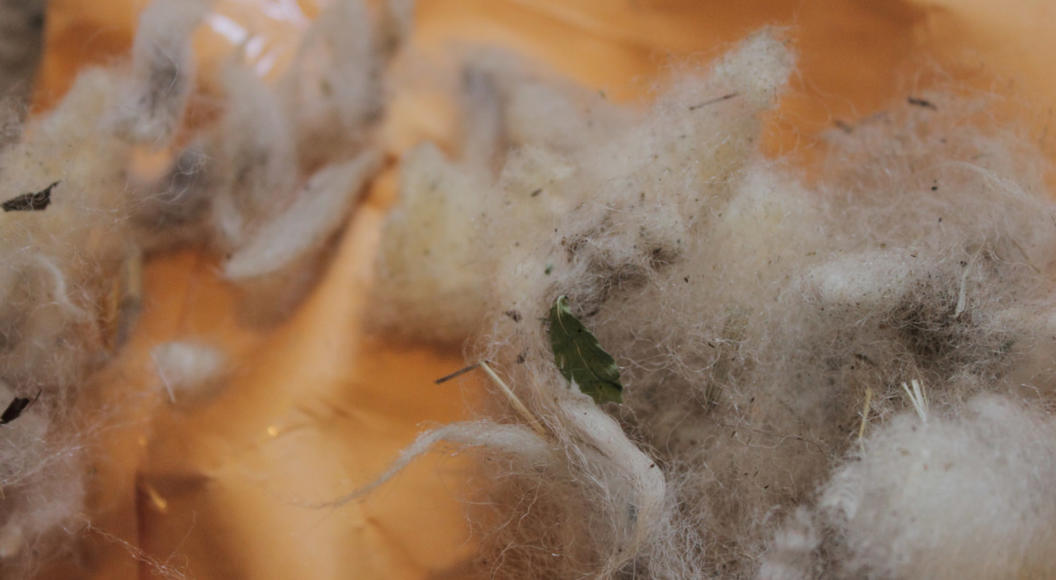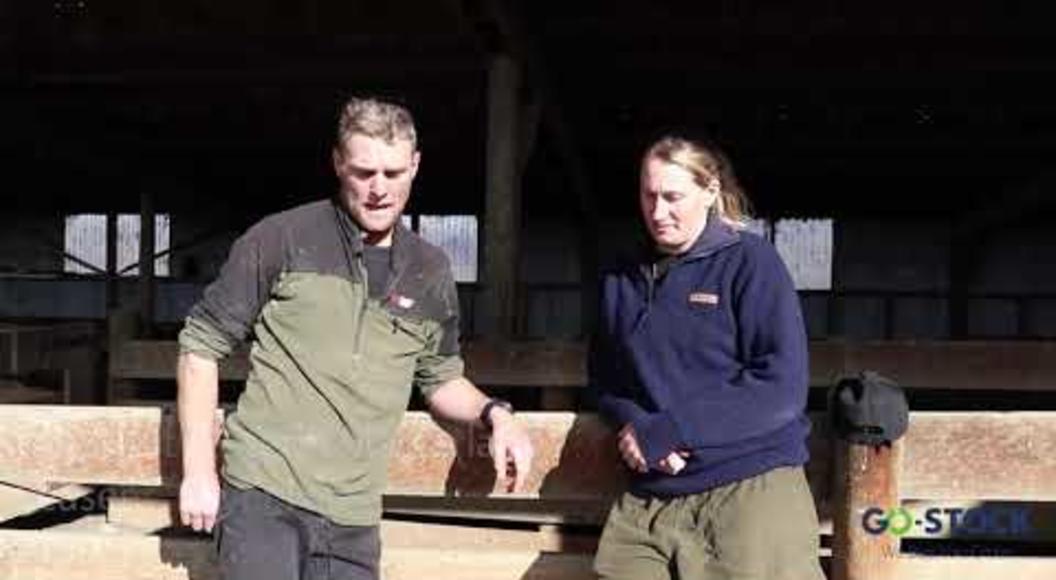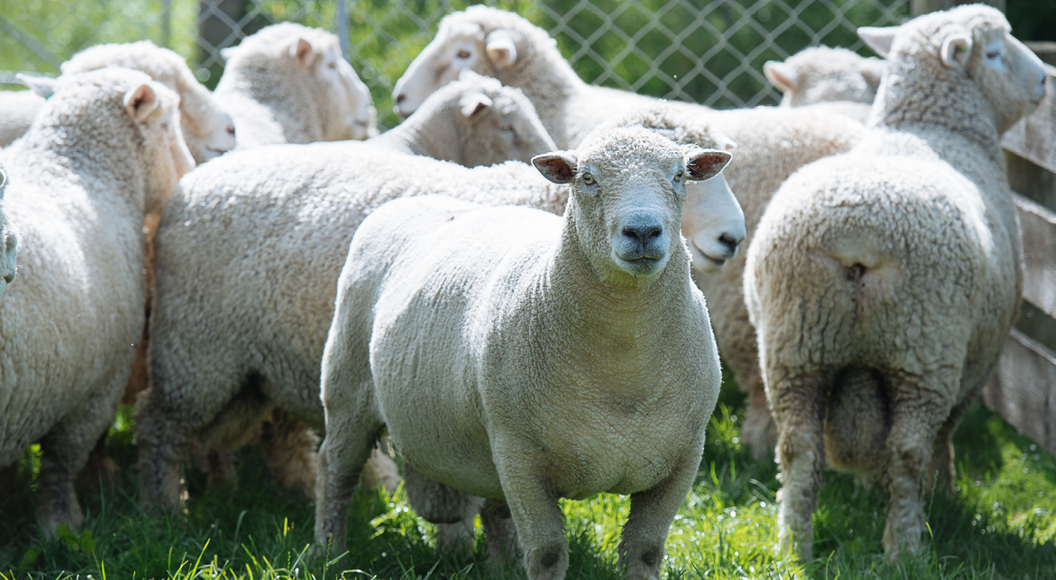
Hogget mating? Focus on body weight
Successful hogget mating is associated with increased lifetime performance of the ewe. Well managed hogget mating can be a valuable use of extra autumn and spring feed.
Sheep reach mature body size as a four tooth, so may still be growing during the first and second pregnancy. Any underfeeding in this time can retard subsequent performance.
In adult sheep, the target is to tup at Body Condition Score (BCS) of three or more. For a ewe hogget, the target is liveweight in relation to the weight of the adult ewe. The heavier the ewe hogget at tupping the less she has to grow during pregnancy and lactation to reach mature body weight. A common cut-off weight for mating hoggets is 40 kg while some farmers aim for higher weights. The question has been whether this is economical use of autumn feed.
A recent New Zealand study1 looked at the impact of weight at the start of tupping on mating performance in ewe hoggets. For every kilogram heavier at mating, up to 50 kg, there was a six percent increase in performance comprising an increase in both the number pregnant and twinning. It may be interesting to see if this is also happening on your farm by identifying lighter and heavier ewe hoggets and comparing their pregnancy scanning results. When I read this study, I wondered if it is a profitable use of autumn feed for mating lighter ewe hoggets, as this feed may be better utilised putting more weight on the hoggets closer to target weights.
Table 1 shows anywhere from 55 to 70 percent of hoggets being mated in the first 17 days, so using a ram crayon can help identify those not mated and that do not require preferential feeding. To help the hogget wean more and heavier lambs, they need to continue growing so target growth rates of 125 to 150 g per day through pregnancy. Weigh a sample at each yarding through
the winter to monitor growth rates on your farm.
Hogget mating can be a profitable part of the farm system but it does require planning and monitoring.
For more information, contact your local PGG Wrightson Technical Field Representative.
Table 1: Percentage of ewe hoggets marked by the ram crayon at different body weights1

1Impacts of liveweight of ewe lambs at mating on their reproductive performance. Haslin etal, New Zealand Journal of Animal Science and Production 2019. Vol 79: 87-90.


